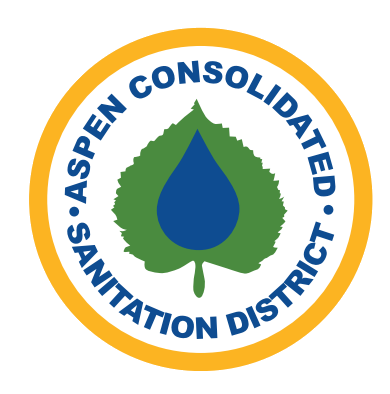Facts about Odors
Facts About Sewer Odors
1. Every structure connected to the main sewer system acts as a vent for sewer gas. Sewer gas is a natural product of the biological process of organic wastewater breaking down. Sewer gas is present in every sewer collection system.
2. The Aspen Sanitation District owns and operates the main wastewater collection system.
Each property owner owns and operates the service line from the home or structure all the way to the connection at the sewer main.
Each home is, or should be, plumbed to provide protection from sewer gas. Protection is provided with “traps” on each drain. Traps hold water and provide a barrier to sewer gas inside the building so that gas is properly vented up and through the roof via the vent pipes on the household drain system.
Odors behave like smoke and therefore may accumulate in areas away from the source.
3. Typically, sewer gas may enter a home where a trap dries out and no longer provides a liquid barrier to sewer gas. Unused or infrequently used facilities such as sinks and showers in guest rooms may be culprits. Regular use of drainage facilities will keep traps full.
Typically floor drains that receive little or no drainage flow on a regular basis are the most common offenders, particularly floor drains in utility rooms where high heat and low humidity results in quick evaporation.
Occasionally we find that during construction a drain that has been abandoned in the structure may not have been properly terminated and capped off.
4. Sewer gas outside of the structure may be the result of properly vented gas being held down by atmospheric conditions (inversions) very common in the late winter and spring.
Gas may accumulate in courtyards and other open areas surrounded by structures or vegetation where breezes don’t flow easily. Areas on the lee (sheltered) side of the building may be sheltered from prevailing breezes.
Sewer gas outside a structure may also be the result of a missing cap on a service line cleanout.
Rotting vegetation and leaves in storm drains (separate from sanitary sewer) may also give off a similar gas.
Exterior drains (patio drains, stairwell drains) improperly connected to the sanitary sewer are not usually trapped because they are exposed to freezing temperatures and may be sources of odor.
5. On rare occasions, properly vented gas may be pulled into the house by a HVAC make-up air system if the house is configured such that the make-up intake is near a sewer vent.
